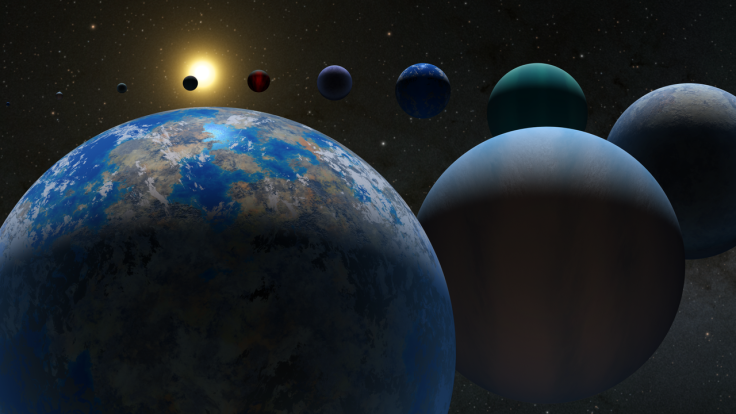The National Aeronautics and Space Administration (NASA) has confirmed that 5,000 exoplanets have already been discovered. The count was reached thanks to 65 planets that have been recently added to the NASA Exoplanet Archive.
The 5,000 planets include planets that are similar to own, those that orbit two stars at the same time, planets that are described as smaller Neptunes, and many more.
Space telescopes such as the Transiting Exoplanet Survey Satellite have contributed to the discovery of exoplanets. NASA as well as other space agencies are set to launch more missions to discover more of them.
NASA Confirms 5,000 Exoplanets Discovered
NASA has officially announced that the 5,000th exoplanet has been discovered. The announcement was made by NASA's Jet Propulsion Laboratory (JPL), which is located in California.
According to the official announcement, "The count of confirmed exoplanets just ticked past the 5,000 mark, representing a 30-year journey of discovery led by NASA space telescopes."
Specifically, 65 exoplanets have been added to the NASA Exoplanet Archive, which led to the count reaching the 5,000 mark. It should be noted that exoplanets discovered using multiple methods or techniques that have appeared in scientific papers that are peer-reviewed are included in the archive.
The 5,000 Exoplanets

The 5,000 exoplanets discovered so far include those that are similar to our planet as well as those that are described as "super-Earths" and "mini-Neptunes," meaning they are similar but smaller than Neptune.
There are also gas giants that are said to be much larger than Jupiter as well as those referred to as "hot Jupiters," which are exoplanets that orbit too close to their stars.
NASA JPL also adds the count includes those the orbit two stars at the same time and those that orbit dead stars.
According to a report by Space, the first exoplanets that have been discovered were found in the early 1990s. Specifically, the first ones were discovered in 1992 by astronomers Alex Wolszczan and Dale Frail.
4,900 of the 5,000 exoplanets are located within just a few light-years from our planet. As reference, one light-year is equivalent around to six trillion miles.
Current and Future Telescopes, Missions for Exoplanet Discovery
NASA JPL's announcement gives insight into the space telescopes and missions that have contributed to the discovery of exoplanets.
One of which is the Transiting Exoplanet Survey Satellite, otherwise known as TESS, which was launched in 2018. As of press time, there are a total of 203 TESS confirmed planets, according to the website of the NASA Exoplanet Archive.
The recently launched James Webb Space Telescope is also expected to assist with exoplanet discovery.
The announcement likewise highlights upcoming missions that will aid in exoplanet discovery. The Nancy Grace Roman Space Telescope is one such mission and it is expected to launch in 2027.
The ARIEL mission of the European Space Agency (ESA), which is expected to launcg in 2029, will have a NASA technology called CASE that will also focus on discovering exoplanets.
Related Article: NASA Set To Reveal A Newly Discovered Planet Beyond Solar System









